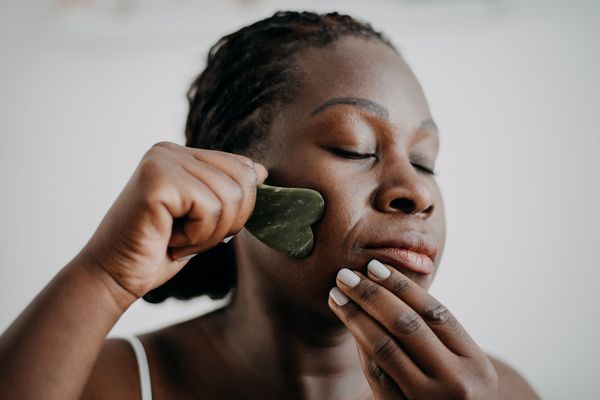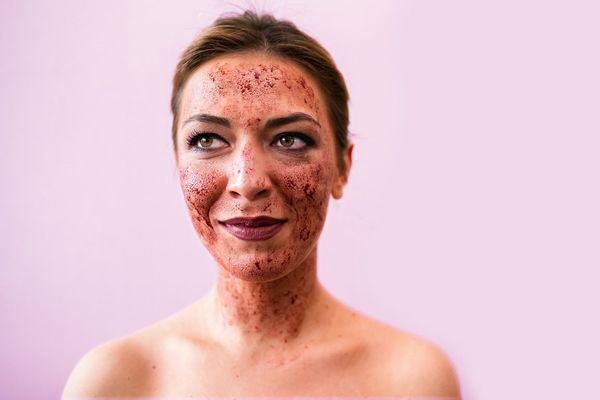Sure, you likely know someone who has had a Botox treatment to erase wrinkles. But what do you really know about this multipurpose medical treatment?
Researchers have looked at botulinum toxin, from which Botox is made, for more than 100 years. The protein and neurotoxin produced by the bacterium Clostridium botulinumm was first studied as the cause of botulism, an illness people sometimes get from improperly prepared meats.
But more than half a century ago, scientists began studying how the toxin might affect neuromuscular processes and possibly be used in medicine. Now it is used to treat everything from wrinkles to chronic migraine.
Here are three things you may not know about Botox and its history.
- Botox celebrates 25 years. In December 1989, the U.S. Food and Drug Administration (FDA) approved Botox, a form of botulinum toxin type A manufactured by Allergan, for treatment of two rare eye muscle disorders—strabismus (crossed eyes) and blepharospasm (uncontrollable blinking). Almost immediately, researchers began experimenting with use of Botox to improve the appearance of wrinkles, and in 2002, the FDA approved Botox Cosmetic. The rest, as they say, is history.
- One use of Botox leads to another. Many of the uses of Botox were discovered by physicians using it to treat other conditions. For example, I started using Botox for movement disorders in 1996 during my fellowship at Henry Ford Hospital. When my mentor, Dr. Lori Schneider, died unexpectedly, I took over the clinic and started treating patients for cervical dystonia, spasticity, blepharospasm, hemifacial spasm and spasmodic dysphonia. In 1997, I was introduced to the possibility of using Botox for migraine. Dr. William Binder found that his patients who were receiving Botox for wrinkles had an improvement in their migraines. At the time, I wasn't convinced the therapy could work for migraine. But, in 2004, I became a lead investigator on a chronic migraine clinical study, which ultimately led to approval of Botox for treating chronic migraine, a condition defined as having 15 or more headache days each month, with headaches lasting four hours a day or longer, and at least half of those headache days being associated with migraine. Since then, I have seen how Botox has benefitted many patients living with chronic migraine.
- Botox is approved for eight medical conditions. In addition to the two cosmetic uses for Botox, here are the medical conditions for which Botox is currently FDA-approved:
- Blepharospasm (uncontrolled blinking of the eyelid)
- Cervical dystonia (a painful condition in which neck muscles contract involuntarily)
- Chronic Migraine
- Overactive bladder
- Overactive bladder caused by a neurologic condition (NDO)
- Severe underarm sweating
- Strabismus (a misalignment of the eyes, commonly known as crossed eyes)
- Upper limb spasticity (can cause stiffness in the elbow, wrist and finger muscles)
Research continues into the many possible uses of Botox. If you think it could help you, talk with your health care provider.

- Pregnancy and Botox ›
- Botox and Migraine: What You Need to Know ›
- Beauty Alert: The Scoop on Botox and Juvederm ›
- Botox: Not Just About Vanity ›
- Botox. It’s Not Just for Beauty Anymore. ›







